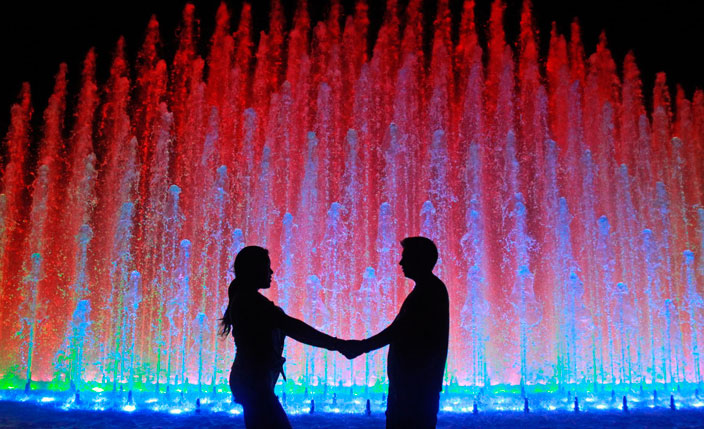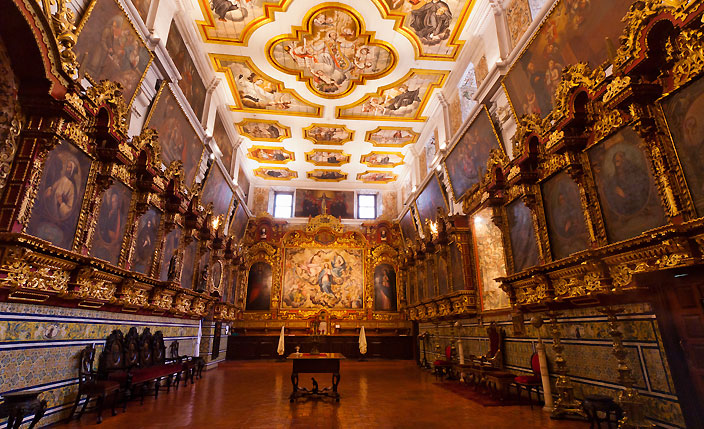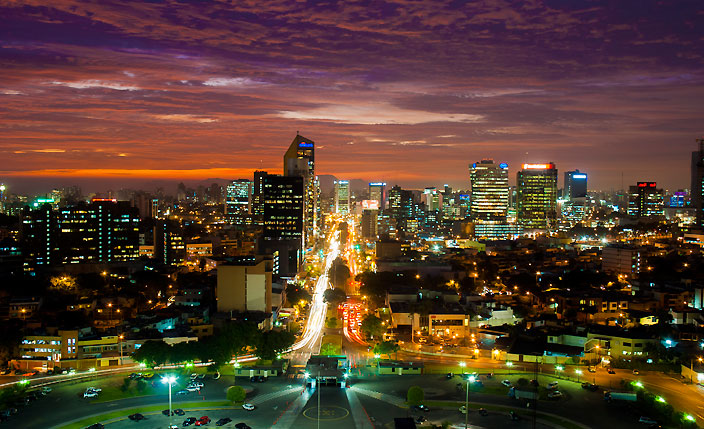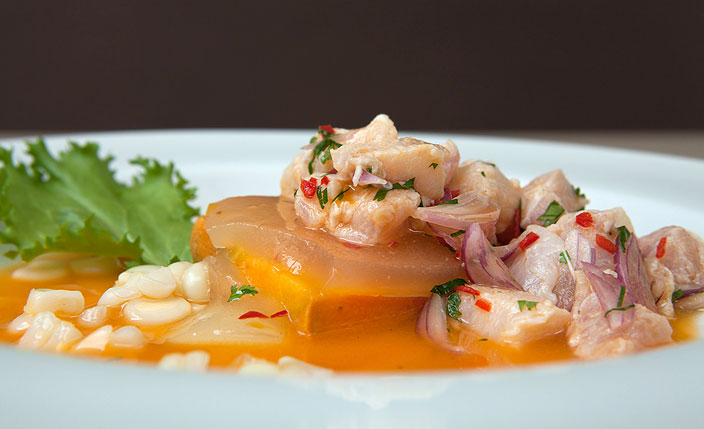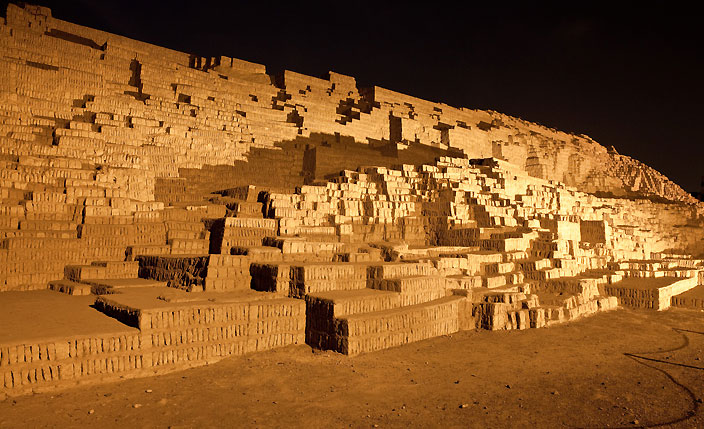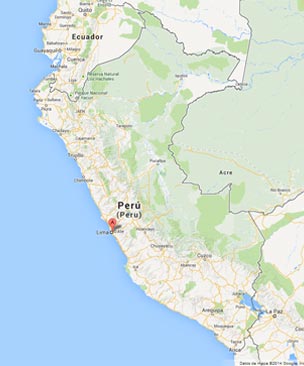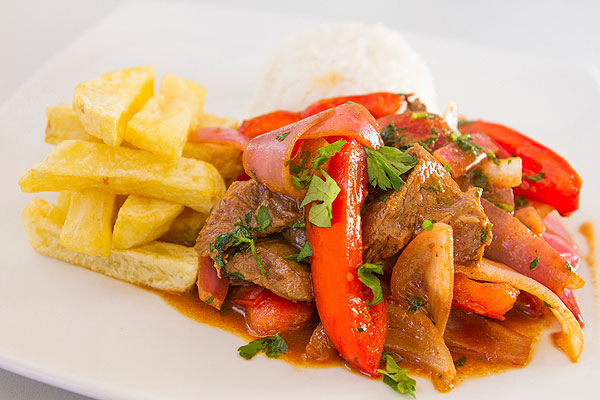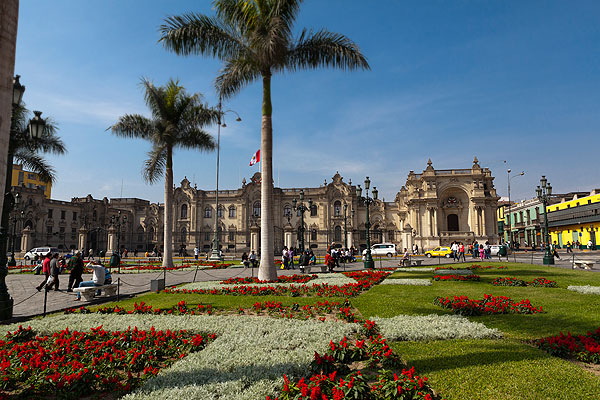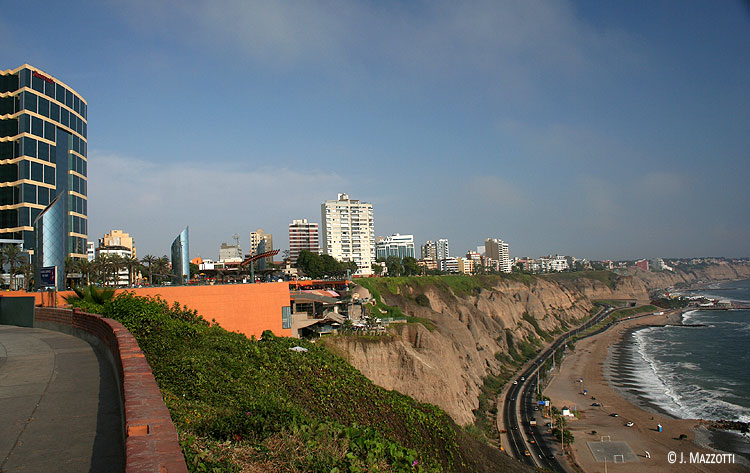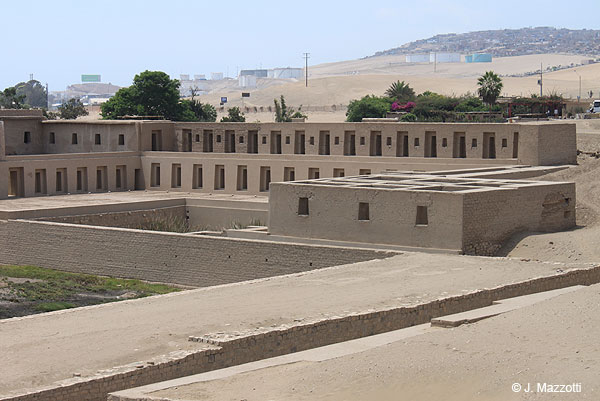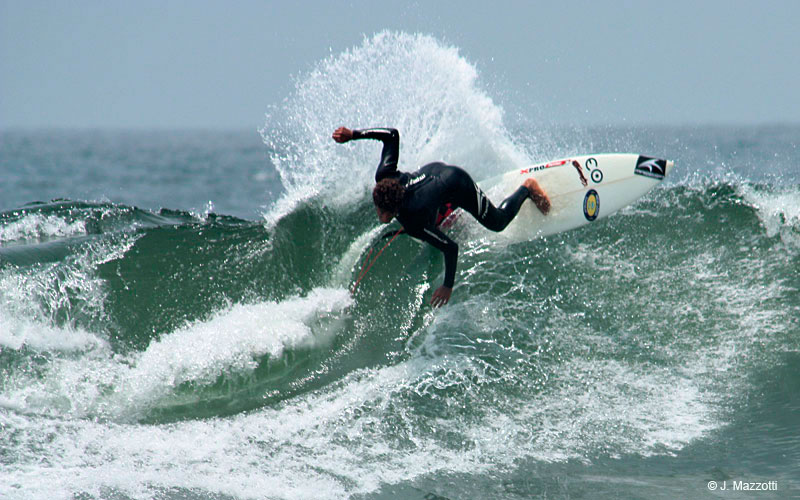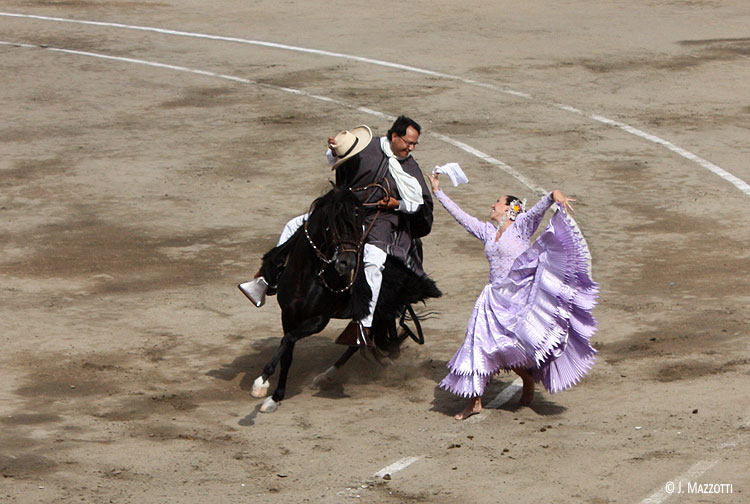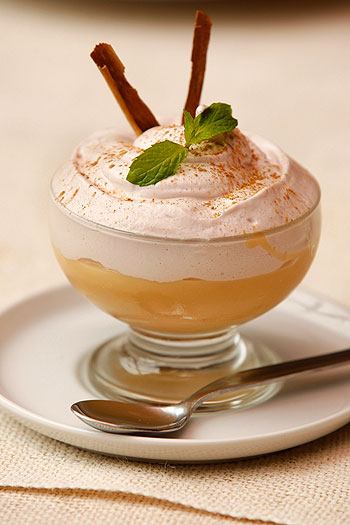Travel to Lima | Hotels and Tours
Top things to do in Lima
Lima Travel Guide recommendations and planning to travel to Lima. List of tourist places to visit in Lima city | Tours, Hotels and flights to Lima.
Lima is for those interested in colonial monuments, museums and archaeology enthusiasts, handicraft collectors, bird watchers, beach lovers and those who like to eat splendid foods.
 |
 |
 |
 |
Lima Travel Guide - Planning to Travel to Lima
The history of Lima predates the colonial presence. The founding of the viceroyalty transformed the city into the main political and administrative center in South America. During this period, important temples, convents, mansions and balconies were built. The arrival of modernity did not change the historic center of the city, which is recognized as a World Heritage Site.
In the north you will find the city of Caral, home to the oldest civilization of the Americas, and in the south you will find the Pachacamac archaeological complex.
The museums with great works of art, archaeological sites, beaches, valleys, wildlife reserves, the nightlife, the thrill of adventure sports and give the exquisite cuisine of Peru's capital and authentic personality distinguished.
Lima is the most cosmopolitan city in Peru, has a modern hotel infrastructure, excellent restaurants, bars, folkloric shows, museums, shopping centers and malls, and much more ....
Enjoy the best of Peru tourism in Lima, a city full of rich flavors, unique experiences, and the magical union of the past and the present. World's best Culinary Destination. In the north is the city of Caral, the oldest civilization of America, and to the south is the Archaeological Complex of Pachacamac. Lima's history predates the colonial presence in the country.
Our guide to Lima gives you expert recommendations on the best attractions, restaurants, hotels and more.
Sights & Attractions in Lima
Historical Centre of Lima
Lima also called "Ciudad de los Reyes" (City of the Kings), was founded in 1535 by Francisco Pizarro, was the seat of the Viceroy and the main administrative center of the Spanish colony in South America, the capital of Nueva Castilla. The walled part of the colonial city today is known as "Damero de Pizarro", where the religious monuments, centuries-old churches, highlighting San Francisco and Santo Domingo, convents, monasteries and magnificent colonial mansions with elegant balconies have been preserved, representing renaissance, baroque, neoclassical, and other contemporary styles. The Government Palace, Chinatown, museums, and very close to the famed Magic Circuit of the Water. The Historic Center of Lima was declared a World Heritage Site by UNESCO in 1988.
Museums in Lima
There are many public and private museums in Lima, the best ones of Peru, with great works of art, archaeological and historic ambits. The museums of Lima keep the richest collections in the whole Peruvian past and modern art expressions. Highlighting the Museo Nacional de Antropología Arqueología e Historia, Museo Larco and Gold of Peru Museum.
Archaeological Places in Lima
In the valley of Lima, and others nearby, were developed several pre-Inca cultures as Chancay, Wari and Ichsma, and then was the domain of the Incas, who developed major urban and religious centers, conserved and restored. Today you can visit archaeological places as Pachacámac, Puruchuco, Cajamarquilla, Huaca Pucllana, among others.
In 1996 was rediscovered the Sacred City of Caral, much earlier than the Incas and while civilizations like the Mesopotamian, Egyptian, Indian, and Chinese, having transformed the history as it is an archaeological site 5000 years old, its origins date back to the Late Archaic Period of the Central Andes and is the oldest centre of civilization in the Americas, decalred World Heritage Site by UNESCO in 2009.
Miraflores and San Isidro - Modern Lima
Miraflores, San Isidro and Santiago de Surco are districts of Lima, which are characterized by their modern buildings, architecture and services, is the most cosmopolitan area, and where are located the major hotels, restaurants, shopping centers, craft centers, banking, business and commercial system. Miraflores is located over a high cliff overlooking the Pacific Ocean, the Costa Verde, with beaches for surfing, paragliding and hang gliding, great options for evening entertainment and shopping areas.
Barranco and Chorrillos
Together with the neighboring district of Chorrillos, Barranco, a few decades ago, was the fashionable seaside district for Lima’s aristocracy. Today it is Lima’s premier Bohemian quarter. Over the past 15 years, Barranco has made a comeback. Its parks and Republican mansions have been refurbished, with frequent concerts and cultural shows along its tree-lined streets. A must-see is the Bridge of Sighs, a favorite hang-out for courting couples, and its seaside drive overlooking the Costa Verde. Barranco is called "The city of the Mills", offer musical and cultural shows, as well as discos, pubs and cafés.
Further south lies Chorrillos, famous for beach resorts like La Herradura, featuring restaurants and eateries known as picanterías. The urban area has had a rich Republican history, that can still be seen today in the sweeping mansions still found there. Chorrillos is also home to the astronomical observatory on top of the hill called the Morro Solar, scene of major battles in the war against Chile (1879-1883). This spot provides visitors with an unrivaled view of Lima’s coastline, stretching from Chorrillos to Isla San Lorenzo of Callao.
Rímac
Known as the district “under the bridge”, this is one of the most traditional areas of the downtown Lima and features streets that are notably Sevillian in style. Located on the banks of the Rímac river, on the other side from the original city center, Rímac was known in colonial times as the Barrio de Indios San Lázaro (Indians’ quarter), and is linked to the city by centuries-old bridges. The cradle of Creole culture, Rímac is home to some of Lima’s best-known Creole clubs, or peñas, and traditional restaurants. The district features some extraordinary spots like the Alameda de los Descalzos, the Paseo de Aguas, the Quinta Presa and several squares and churches. In addition, Rímac is home to the Plaza de Acho (1768), one of the oldest bullrings in the Americas. Every October, Acho hosts the famous Señor de los Milagros bullfight season, which draws many of the world’s top bullfighters to participate.
Callao and La Punta
Located 14 km west of Lima, Callao is the country’s largest port. Founded in 1537 to serve as a site for loading the treasures of ancient Peru on to galleons headed for Spain, Callao features the pentagonshaped fort of Real Felipe, built in the eighteenth century to fend off attacks by pirates and corsairs. Later, the fort was to play a major role in the war of independence. Callao tapers off in the district of La Punta, a long peninsula that juts out into the Pacific Ocean and is home to the Navy base, a few pebble beaches, the old beachfront drive and residential areas in vogue in the 1940s and 1950s. A few kilometers off the coast lies Isla San Lorenzo an island featuring pre-Hispanic burial grounds, and the islet of Frontón, once the site of a maximum-security prison.
Around Lima Tourist Attractions
Near to Lima city are located other excellent choices as the southern beaches for surfers and great fun and relaxation during the summer, protected natural areas recommended for birdwatchers as Refugio de Vida Silvestre Pantanos de Villa (Swamps of Villa Refuge of Wildlife) and Reserva Nacional Lachay (Lachay National Reserve), Mamacona, Huancaya, Lunahuaná for adventure sports especially white water rafting and kayaking.
Gastronomy and Entertainment in Lima
Eating in Lima, ladies and gentlemen, is a journey in itself. Lima is the gastronomic capital of America, thanks to the large and sophistication of dishes overwhelmingly approved by the top chefs and world experts in the field. Magnificent heritage of prehispanic and colonial culinary traditions and drew on the best occidental and oriental cuisine.
Each year takes place in Lima the "Mistura" gastronomic festival.
Entertainment in Lima is secured with a variety of entertainment centers, cultural, folkloric shows, casinos and nightlife, and enjoy the authentic and the best pisco sour.
How to travel to Lima
International Airport Jorge Chávez in Lima is the main gate for international flights and it's the main hub to local flights with connections to the main tourist destination in Peru.
The bus routes covers 75% of the routes in the departments of Peru (coast and Andean zones), connecting Lima to main cities and tourist areas such as: Arequipa, Cusco, Paracas, Ica, Nazca, Chiclayo, Trujillo, Cajamarca, Huaraz, Tumbes, Máncora, Piura, Ayacucho and more.
